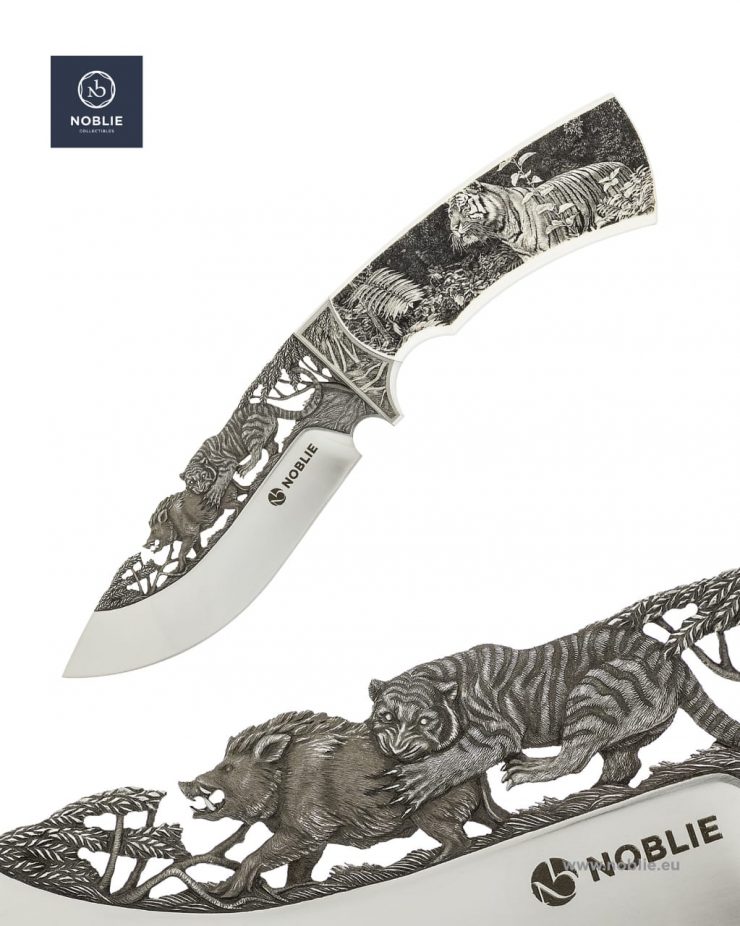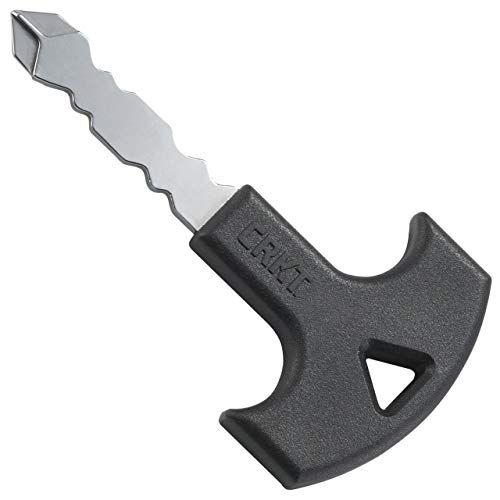
There are many kinds of martial arts. Here, you'll learn about karate, Capoeira, Muay Thai, and Judo. Each style is different and each has its benefits and drawbacks. You should be familiar with them all before you begin to practice. You can learn more about the history and characteristics of each style.
Kung Fu
Kung fu is an ancient Chinese martial art. It is primarily unarmed combat and has a spiritual element. Although it is often confused with karate, it is more holistic in nature. It enhances an individual's ability to control their emotions and uses external techniques. It is considered a good way to exercise and maintain your health.

Judo
Judo, a Japanese form of unarmed combat, is one example. Judo is an excellent option for children and young people who want to learn more about discipline and fair play. In addition, judo develops agility and strength.
Muay Thai
Muay Thai can be described as a striking art that uses punches, elbow strikes and knee strikes to attack the opponent. To generate punching power, it uses a spinning back fist. Depending on whether fighters are standing or lying down, their stances will vary.
Capoeira
Capoeira, a Brazilian Martial Art that combines dance and fighting arts, is called Capoeira. It was developed by African slaves in Brazil during Portuguese colonization. Portugal was the world's biggest slave trading country at the time and had enslaved 40% of Africa’s population. This fighting style was designed to help slaves fight for their freedom.
Traditional Japanese Jujitsu
Traditional Japanese Jujitsu (or Japanese Jujitsu) is a form of martial arts that emphasizes striking and grappling, unarmed combat and striking. Modern styles often incorporate ground combat techniques. Modern styles can use everyday items, such as belts, and certain types.

Jujitsu
Jujitsu refers to a system involving hand-to–hand combat. This system has been evolving over time. It is a Japanese fighting art that dates back the early seventeenth centuries. The Tokugawa Shogunate enforced strict laws during this period that decreased the number of wars, and encouraged the use of non-lethal techniques. Hand-tohand combat was a flourishing art during this period. There were even techniques that could be used to defeat unarmored opponents.
FAQ
What are some self defense tips for women?
It is important to be able quickly react when you are practicing self defense. You must be prepared for everything.
One of the best things you can do is to train with a friend. Partnering with a friend will enable you to practice together, and improve your technique.
Another tip: Practice with something heavy. You'll be more likely than your attacker to attack you if you have something heavy.
What is the best weapon to carry for self-defense?
The best weapon to use for self-defense is a sharp knife. Although you may not believe you need a knife to defend yourself, if you are attacked by someone, you will regret it.
It doesn't mean you have to buy a $100 folding blade just to keep yourself safe. You can do the job with a simple pocketknife. A few extra tools are available to help you be ready for any scenario.
How do beginners do self-defense?
Not only are experts trained in self-defense, but so is everyone else. You should also know how to defend your self when you're alone. You should learn some basic moves to protect yourself from an attack.
Begin with basic movements such as kicking, punching and kneeing. Next, move on to advanced moves such as grappling and joint lock.
It is always beneficial to practice what you might encounter in real-life situations. If you want to learn how kick someone, you can practice on something like a pillow.
You won't inflict any injuries while you practice. Don't hit anything too hard or you might damage something.
What are some easy self-defense moves?
Self-defense techniques include punches. Kicks. elbows. knees. and other strikes. You may also be able to use grappling techniques such as wrestling, judo and jujitsu or karate, taekwondo and karate.
To protect yourself from an attacker trying to harm you, self defense techniques can be used.
They can be used to defend against an attacker.
But there are many methods to self-defense. Decide which one is best for you.
Statistics
- Verbal harassment was the most common form, but 51 percent of women said they were touched or groped in an unwelcome way, while 27 percent of women survived sexual assault. (healthline.com)
- Most likely, the person will want some kind of boxing match, so if you can out-box them, this would be 100% ideal for survival. (budodragon.com)
- Saying this, Self defense 101 would be the importance of situational awareness, which can never be replaced by the finest of martial arts, because it is this that would help you to avoid any likely attacks in the first place. (worldofselfdefense.com)
- Kung Fu alone has 400 unique martial art styles – and whilst you likely won't be able to find a school for each form, many other martial arts are completely different altogether. (budodragon.com)
External Links
How To
How to use Kubotans for self defense
Kubotan is small sticks used as weapons by Okinawan martial arts masters. They were originally made of bamboo, but have been replaced with metal or plastic.
They can be found between 5cm and 2.5cm in height.
The Kubotan's purpose is to strike at your opponent's eyes, nose and mouth. It also works against other body parts, like elbows or knees.
Women often use Kubotan because they are easy to carry, lightweight, and can easily be concealed when not needed.
Knowing where to place your Kubotan to strike the correct spot is essential to be able to effectively use it.
It is important to practice with the Kubotan before you go out in order to hit the right spots.
You will learn how to use your Kubotan in self defense.
-
Stand facing the attacker.
-
The Kubotan should be held between your index and thumb.
-
Raise the arm holding the Kubotan above your head.
-
Swing the Kubotan toward the attacker's forehead.
-
Attack the attacker with a fist.
-
As the Kubotan strikes the target you should be capable of seeing its impact.
-
Continue swinging the Kubotan until you hear a "thwack" sound.
-
Lower the Kubotan to step back
-
If you want to continue fighting, repeat Steps 1-7.